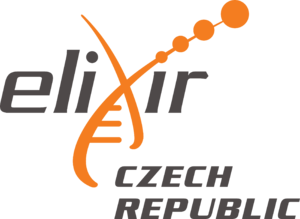The Asparaginase Classification
Hierarchical Classification System
Classification Code Format
Example:
1-1-1 represents
Class 1, Clan 1, Family 1
Note: Class must always be specified as clan and
family numbers repeat across classes
Home page structures
Click on the turning protein structures on the home page to travel to the class overviews
Phylogenetic tree
Click on the branches of phylogenetic trees to travel to detailed family pages
Family links
Click on coloured links and buttons to also travel to detailed family pages.
Home button
Click on The Asparaginase Database logo in the top left corner to go back to the home page
Experimentally Studied Proteins and Swiss-Prot Sequences Tables
Table Features
- Information Overview: Provides data and references for l‑asparginases - classification, sequence, structure, source organism, cellular location and enzyme kinetics
- Interactive Links: Click on family codes, accession numbers, or enzyme kinetics data for relevant publications
- Selection Tools: Use checkboxes to select individual entries or all entries at once
- Download Options: Export selected data (Tab-separated, UniProt IDs, or copy the sequence IDs to clipboard for easy UniProt ID mapping)
Table Descriptions
Example Entry
| Fam | Alt | AN | Name | EC | Organism | Cell-Loc | AAs | Structure | PDB | Km | Vmax | Kcat |
|---|---|---|---|---|---|---|---|---|---|---|---|---|
| 1-1-3 | EcAII | P00805 | ASPG2_ECOLI | 3.5.1.1 | Escherichia coli | Periplasm | 348 | Homo tetramer | 3ECA PDBs | 0.015 | - | 24 |
How to Download Sequences from Tables?
You can easily download data from the tables and UniRef100 l‑asparaginases directly from The Asparaginase Database. To specifically download sequences of Experimentally Studied Proteins or Swiss-Prot l‑asparaginases, use the ID mapping option, which copies the sequence IDs to your clipboard and opens UniProt ID Mapping. Simply paste the sequences, map them, and then download or align them directly on UniProt. Please note that e.g. UniParc sequences cannot be mapped using the default mapping settings.
Conserved Motifs
Selected conserved sequence motifs are presented for classes and families. They were determined from an alignment of representative sequences that generally have relatively low mutual sequence identity. The random selection was refined by removing significant outliers and adding a selected reference sequence. The resulting motifs are presented with amino acid frequencies in the representative sequences and are mapped to the positions in the reference sequence. These percentages can indicate strong trends in the families, but do not reflect every single sequence, as each family has a large number of sequences.
More Help
Please contact us if you need additional assistance, have feedback to share, or would like to submit your data for inclusion.

